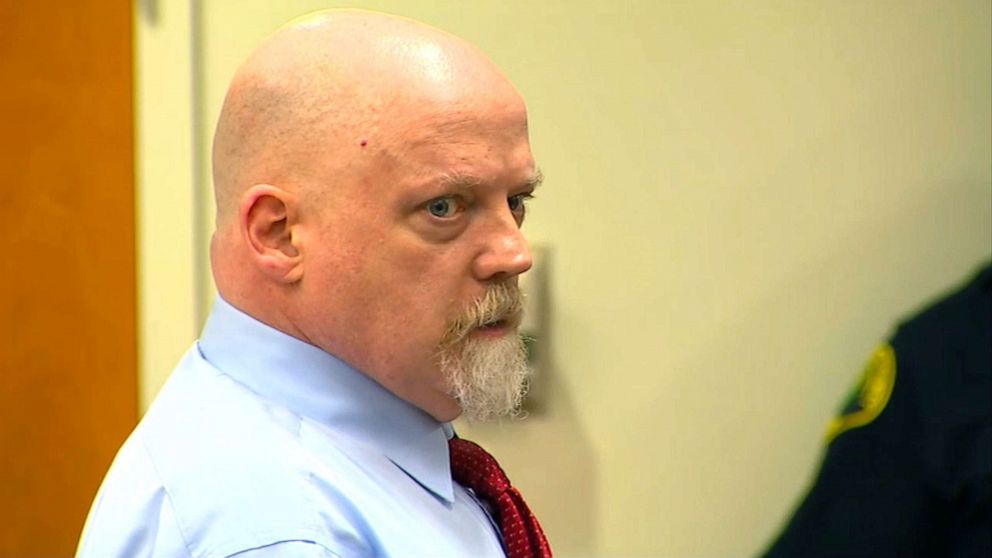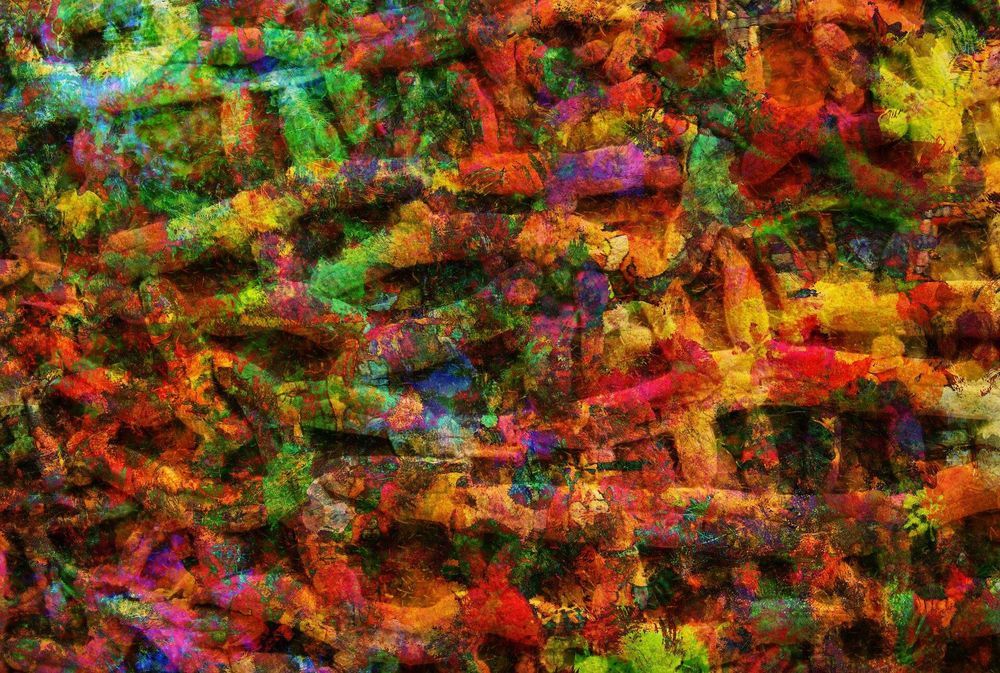Click on photo to start video.
Want to live a healthier, longer life? Try taking more prebiotics — also, don’t eat sometimes.
In this video, bestselling author Dave Asprey explains.


I am aware of many “Small Studies” that produced undeniable results.
Tucked away in 7,000 acres of beautiful Wiltshire countryside lies one of Britain’s most infamous scientific establishments. Porton Down, founded in 1916, is the oldest chemical warfare research installation in the world. The tight secrecy which has surrounded the establishment for decades has fed the growth of all sorts of myths and rumours about its experiments. One Whitehall official once remarked that Porton had an image of “a sinister and nefarious establishment”.
The Porton experiments on humans have attracted a good deal of criticism. It is, for example, alleged that the human “guinea pigs’ — drawn from the armed forces and supposedly all volunteers — were duped into taking part in the tests. There are still concerns that the tests have damaged the long-term health of the human subjects.
This week, its work has been thrown into the spotlight once again: an inquest was reopened into the death, in May 1953, of a young airman, Ronald Maddison. He died after liquid nerve gas was dripped on to his arm by Porton scientists in an experiment. The original inquest decided that his death was accidental, but this new inquest will examine fresh evidence and decide if the verdict should stand.

In a milestone for forensic criminal investigators, a convicted killer received two life sentences on Wednesday for a 1987 double slaying after becoming the first person arrested through genetic genealogy to be found guilty at trial.
“The conviction and sentencing of William Earl Talbott II marks a new era for the use genetic genealogy for identifying violent criminals since it has now been tested and tried in a court of law,” geneology expert CeCe Moore told ABC News.
William Earl Talbott II was arrested in May 2018 and charged with aggravated murder for the Washington state cold case killings of 20-year-old Jay Cook and 18-year-old Tanya Van Cuylenborg, authorities said. A jury found Talbott guilty last month.

The financial-technology boom that turned China into the world’s biggest market for electronic payments is now changing how banks interact with companies that drive most of the nation’s economic growth. As MYbank and its peers crunch reams of new data from payment systems, social media and other sources, they’re growing more comfortable with smaller borrowers that they previously shunned in favor of state-owned giants.
Jack Ma’s online bank is leading a quiet revolution in the way China lends to small businesses, taking aim at a credit bottleneck that has held back Asia’s largest economy for decades.
Using real-time payments data and a risk-management system that analyzes more than 3,000 variables, Ma’s four-year-old MYbank has lent 2 trillion yuan ($290 billion) to nearly 16 million small companies. Borrowers apply with a few taps on a smartphone and receive cash almost instantly if they’re approved. The whole process takes three minutes and involves zero human bankers. The default rate so far: about 1%.

ESPAÑOLA, N.M. (AP) — It’ll be one giant leap for chile-kind.
A hybrid version of a New Mexico chile plant has been selected to be grown in space as part of a NASA experiment.
The chile, from Española, New Mexico, is tentatively scheduled to be launched to the International Space Station for testing in March 2020, the Albuquerque Journal reports.

An international team of researchers has found that the gut microbiota in mice play an influential role in skeletal muscle mass maintenance and function. In their paper published in the journal Science Translational Medicine, the group describes their experiments with wild and lab-raised mice, and what they found.
Over the past several years, scientists have found that gut microbiota in humans and other animals play a far bigger role in maintaining health than previously thought. In addition to processing food, the gut microbiome plays an important role in immunity and in regulating cholesterol and triglycerides. And imbalances in the gut microbiota have been associated with conditions such as Crohn’s disease, IBS and other inflammatory diseases. Now, the researchers with this new effort have found evidence that suggests the gut microbiome also plays a role in maintaining the right amount of skeletal muscle mass and its function—at least in mice.
Skeletal muscle is one of the three main types of muscle—the other two are cardiac and smooth. Skeletal muscle is very much what it sounds like—the collection of muscles that are connected to bones in the skeleton that control movement, most specifically, the limbs.

MILWAUKEE (AP) — A British cybersecurity expert credited with helping stop a worldwide computer virus in May 2017 won’t serve any additional time behind bars for creating malware years before he won international acclaim.
U.S. District Judge J.P. Stadtmueller sentenced 25-year-old Marcus Hutchins on Friday in Milwaukee to time served, with a year of supervised release. Stadtmueller said the virus Hutchins helped stop was far more damaging than the malware he wrote.
Hutchins pleaded guilty in May to developing and conspiring to distribute malware called Kronos from 2012 to 2015. Prosecutors dismissed eight charges in exchange for his plea.

On Friday afternoon, a volcano in southern Indonesia erupted, spewing ash as high as 650 feet into the air, according to the country’s National Board for Disaster Management.
The ash from the eruption of Mount Tangkuban Parahu landed as far as 6,500 feet away, reports ABC.
The volcano is situated approximately 18.6 miles north of Indonesia’s third largest city of Bandung in West Java. As of publication, no casualties have been disclosed. However, 9News reports that two individuals were taken to the hospital with “breathing difficulties.”

Is this new law anti-kemetic and anti-pagan as it implies only one “God”? And why should atheists put up with this public brainwashing? A new state law that took effect this month requires all public schools in the state’s 149 districts to paint, stencil or otherwise prominently display the national motto.
RAPID CITY, S.D. (AP)- When students return to public schools across South Dakota this fall, they should expect to see a new message on display: “In God We Trust.”
A new state law that took effect this month requires all public schools in the state’s 149 districts to paint, stencil or otherwise prominently display the national motto.
The South Dakota lawmakers who proposed the law said the requirement was meant to inspire patriotism in the state’s public schools. Displays must be at least 12-by-12 inches and must be approved by the school’s principal, according to the law.
Have you ever wondered why Sulu is as bright as Metro Manila? Is there a mega city brightly lit at night in Sulu? None. Then are these alien space crafts?
Or could they be a thousand purse seiners operating in Sulu waters just near the poorest province called Sulu yet grossing at least 10 billion worth of sardines a month with not a single centavo of tax to Sulu nor ARMM since they all are operating in Zamboanga City. Note purse seiners are fishing boats with lights that can light up a stadium per boat to attract fish. A single set of purseiner can catch a million worth of fish a day. Multiply by hundreds and at least 3 to 5 billion a month will be easy. The lights shows at least several hundred to five hundred boats to light up the size if Manila and even bigger than well lighted Zamboanga City streets thats 50kms.
The major lights in the map symbolizes power, wealth and influence as you can see in metro manila, cebu and davao. However, pls do not be misled by this satellite image showing sulu as if glowing in the dark. Its the sardines industry capital of the Philippines operation.